AUTOMATIC AD AND PROGRAM INSERTION USING CUES. SOFTWARE
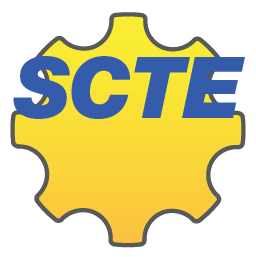
The AutoDetect software is used to automatically insert advertisements using cues in the TV signal. It can be used with IP or ASI, SDI or analog signal input. Various types of cues are supported: SCTE 35, SCTE 104, DTMF, cues in line 23, VITC, teletext (X31 Teletext, Packet-31), video and audio cues.
When using AutoDetect software, the operator only needs to set up the cue recognition and scheduling. During broadcast the local block insertion is performed automatically using cues in the input signal.
Basics
- Content insertion using AutoDetect software can be performed both during broadcasts without a time shift (Forward TA), and during a broadcast with a time shift (Forward TP) without needing to reschedule.
- AutoDetect software is installed on the broadcasting server of a regional station in addition to the base product Forward TA or Forward TP.
- In the signal that the head station broadcasts, the blocks for inserting regional content are accompanied by special cues. These can be: video / audio cues, DTMF tags, SCTE 35 or SCTE 104 cues, other cues.
- In order for the server of the regional station to respond to the incoming cues, it must first be configured. This can be done using one of the configurators from the AutoDetect software. The program is chosen depending on the type of input signal and the type of cues involved.
- When the settings are configured, the broadcast server of the relay station automatically monitors the specified cues in the input signal and performs the specified actions. For example, it can start the playback of local advertising upon receiving the cue of entering into a regional window and then switch to the main signal after receiving the exit cue.
AutoDetect software programs and cue types
The AutoDetect software includes:
- configurator programs for setting up cue recognition in the input signal;
- recognition modules;
- auxiliary programs for selecting optimal fragments when using video or audio cues;
- auxiliary program for activation testing.
Each cue type has its own configurator program.
| Program icon and name | Cue Type | Description |
|---|---|---|
 NRSCTEConfig NRSCTEConfig | SCTE 35 cues | Transmitted as part of a transport stream (MPEG TS) with TV programs. Set up at the head station in accordance with the SCTE 35 standard. For each TV program, in addition to the streams with video, audio and other data, a stream with SCTE tags is transmitted. When configuring the server you will need to specify the PID of the stream with the program’s SCTE cues. |
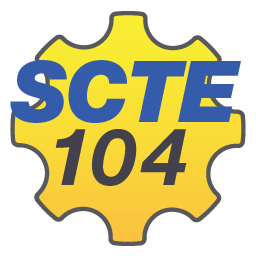 FDSCTE104Config FDSCTE104Config | SCTE 104 cues | Transmitted as part of an SDI signal with a TV program. Set up according to the SCTE 104 standard. |
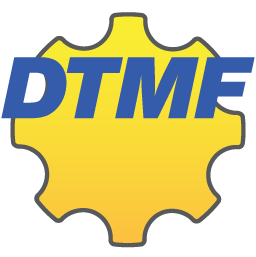 FDDTMFConfig, NRDTMFConfig FDDTMFConfig, NRDTMFConfig | DTMF cues | Alphanumeric cues that are transmitted using DTMF signals embedded in the audio of the channel. Set up at the head station. A combination of four characters (or less) with pauses between them is usually used to mark the boundaries of advertising blocks. The duration of each character and pause is the same. When setting up DTMF tag recognition, it is necessary to know the cue characters, the duration of the characters and pauses, as well as the transmission method – what audio channels are used, the response delay |
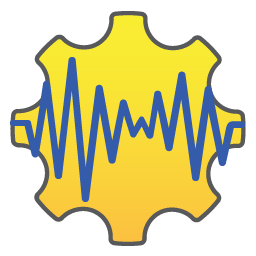 FDJingleConfig, NRJingleConfig FDJingleConfig, NRJingleConfig | Audio cues | Created based on the audio component of bumpers, which indicate the boundaries of the advertising blocks. The cues are prepared at the regional station using the same machine that is used to receive the relayed signal. A short (about 1 second) and well-recognized fragment of the audio sequence is selected. Multiple cues can be tracked at the same time. |
 FDVClipConfig, NRVClipConfig FDVClipConfig, NRVClipConfig | Video cues | Created based on the video component of bumpers, which indicate the boundaries of the advertising blocks. The cues are prepared at the regional station using the same machine that is used to receive the relayed signal. A short, well-recognized, and most characteristic fragment of the video is selected. Multiple cues can be tracked at the same time. |
 FD23LineConfig, NR23LineConfig FD23LineConfig, NR23LineConfig | Cues in line 23 | The “23rd line” technology is used – information transmitted in the first / last, “invisible” lines of the frame. The cue is a combination of black and white “dashes” of different lengths. Such cues are embedded in bumper frames that mark the boundaries of advertising blocks. Set up at the head station. It is possible to have “23rd line” cues in several lines of the frame at the same time. It is necessary to know the line numbers in which cues are transmitted, as well as the duration of white and black characters. |
 FDVITCConfig, NRVITCConfig FDVITCConfig, NRVITCConfig | VITC cues | The start/end cues of an advertising block are transmitted as user data (user bits) as part of the VITC (Vertical Interval TimeCode) time code. The cue information is transmitted using a hexadecimal code. Set up at the head station. It is necessary to know the user bits values, response delay, the line numbers in which the VITC time code is transmitted. |
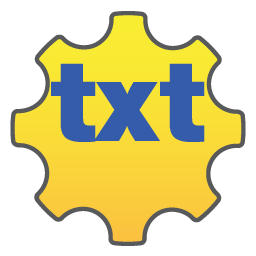 | Cues transmitted in teletext (X31 Teletext, Packet-31) | Information about the start/end of an advertising block is transmitted in special (independent) teletext pages. |
PLEASE NOTE:
– the company’s website has a large collection of supplementary materials. We particularly recommend the following: the FAQ articles, manuals for the AutoDetect software, particular forum threads;
– for technical questions regarding the use of cues for inserting ads, please contact our technical support.
Purchase
To purchase a product, please contact the Sales Department of SoftLab-NSK or our official dealers. Our experts will help you learn more about:
- the compatibility of the plugin with the product you’re using;
- the characteristics, features, and price of the plugin;
- setting up a free, 3 month trial license in order to test the plugin.




